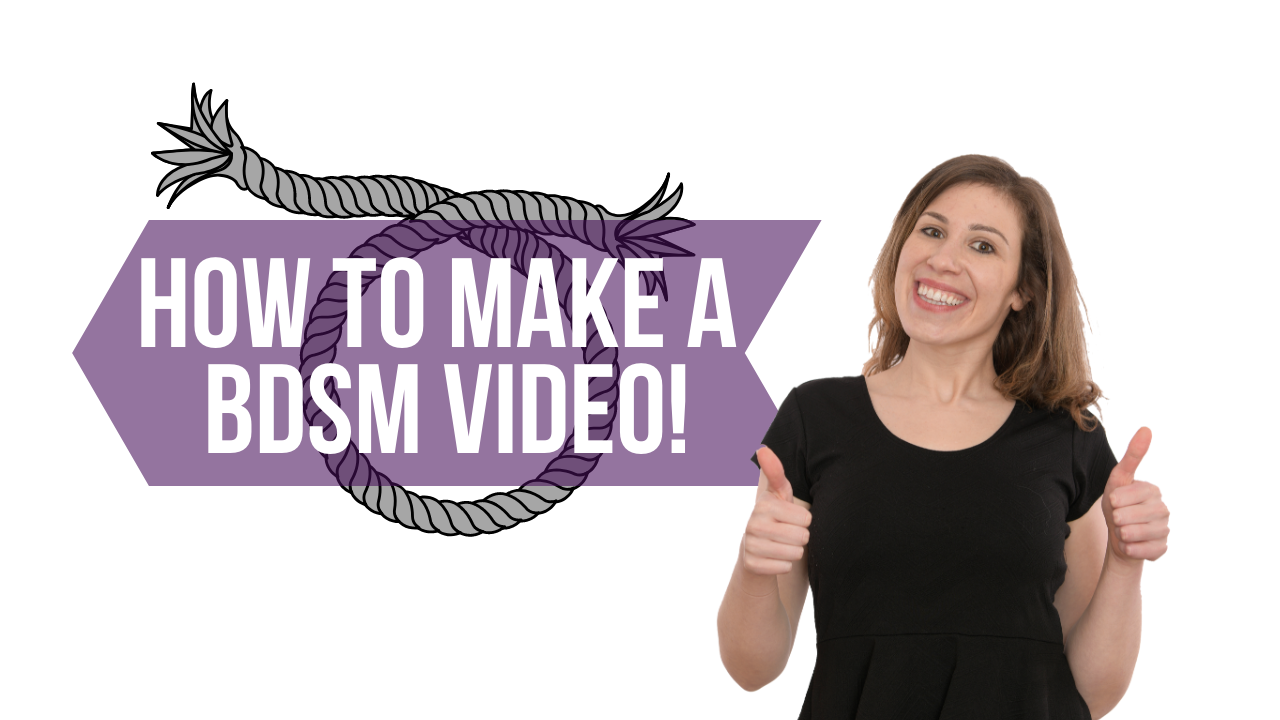Polyamory: Jealousy vs Envy
Polyamory: Jealousy vs Envy
What’s the difference between jealousy and envy? We’re taught not to covet or desire something someone else has. It’s ok to aspire, but for generations, we’ve been warned against crossing the line into jealousy and envy.
Even though they’re often interchanged in common language, jealousy and envy aren’t the same. They have different meanings that matter greatly when it comes to our relationships.
Struggling with jealousy is something most couples deal with, but today we’re talking about how people in polyamorous relationships or who are considering polyamory.
What is Polyamory?
Polyamory is the practice of loving more than one person. Usually, when you’re in a polyamorous relationship, you’re connected to two or more people intimately, and often sexually. This isn’t a side piece or an illicit affair. All partners understand the basic guidelines of polyamory and adjust accordingly.
Polyamory is also commonly referred to as open relationships. On the most basic level, it’s when people feel they can’t restrict feeling attraction and connection to just one person. It’s not that they’re driven by simply the act of sex with other people, but want to enjoy the same love, support, and intimacy with multiple partners.
Bringing up polyamory always triggers mixed reactions. Depending on your age, belief system, how you were raised, current relationship status, and many other factors, you’re either eager to read on or questioning how on earth people navigate life like that.
Well, it’s not easy. But neither is staying in a committed monogamous relationship. The main difference is, instead of dealing with the emotions of one partner, you have to be aware of how you are affecting multiple people. When things are misinterpreted or miscommunicated in intimate relationships, it’s typical for people to get jealous or envious. Keep an open mind as we explore how jealousy and envy affect polyamorous relationships.

Jealousy & Envy: What’s the Difference?
The main difference between envy and jealousy is that envy is when you want something that someone else has. You’re envious of how much attention your partner is giving someone else in a polyamorous relationship. You crave the time they’re spending with someone else or want to hoard or keep things you share between just the two of you.
With jealousy, there’s a fear of something being stolen or taken away from you. You guard things you care about closely to prevent them from slipping away. Jealousy in its worst form can turn nasty and even dangerous.
Navigating Envy in Polyamory
Envy strikes everyone in polyamorous relationships at some point. Both people new to polyamory and the seasoned pros struggle. Particularly for people who were in monogamous relationships opening up to polyamory, avoiding envy is a challenge.
Envy in open relationships is going to happen. The real issue is stopping it from damaging the relationships beyond repair.
One of the best things you can do to combat envy is to encourage frank and frequent communication. Partners who are afraid to express envious feelings can lose confidence in how other partners feel about them. Once they start questioning their footing in an open relationship, it can spell disaster for multiple people who care about them.
Remember, open relationships aren’t easy. Think about the times you’ve questioned your feelings and the feelings of your partner in past monogamous relationships. Now you’re dealing with a situation with much more fluidity and definitions that are new to most of society.
Keep an open mind, talk often, counsel with your therapist, and come to grips that envy will be there and that you can navigate it successfully.

The Stain of Jealousy
Jealousy, not just for polyamorous relationships, can kill. When you or your partner is jealous, there’s resentment and a scarcity mentality that poisons the relationship between you and whoever else you’re in love with.
Jealous lovers are constantly comparing. They measure how much time you’re spending with other people in the relationship, how often you tell them you love them vs how frequently you say it to them. Who has a better sex life, and so on. It’s a constant practice of comparison that pits them against other people in the relationship.
Even in polyamorous relationships with clearly defined boundaries, feelings get hurt. Emotions change and so should your approach to how you deal with emotional reactions from your partners.
Comparison is the thief of joy, as they say. Jealousy will threaten to destroy your relationship if left unchecked.
Keeping Jealousy in Check
The worst thing you can do in a polyamorous relationship is to let jealousy run wild. So many couples just “have” a jealous partner. They laugh about it and avoid the issue by covering it up with humor or avoidance.
Eventually, though, jealousy will build until it craters your relationship. If you truly care about your jealous partner, you need to fight jealousy head-on.
Overcoming jealousy does not mean accommodating their negative behavior. If you respond to jealousy over time spent together by spending more time and sacrificing time with other partners, all you’re doing is reinforcing that jealousy will get them what they want.
Discussing jealousy should be done openly with as many partners as it’s affecting! You should also include your therapist in these discussions to guide you away from hurt feelings and any resentment.
Keeping Your Management Skills Sharp in Polyamory
A lot of Americans find great fulfillment in open relationships. In fact, among younger generations, it seems that moving into polyamory is saving relationships that have been on the rocks previously.
Monogamy certainly isn’t for everyone, but neither is polyamory. If you’re curious, give it a try, but you should be honest with yourself if you recognize that it’s not for you.
Many people are attracted by the thought of the multiples of love by connecting intimately and sexually with more people. However, enter with caution because you’re also managing a web of interpersonal relationships each with individual needs.
The best way to nourish an open, loving relationship is through constant feedback, encouragement, and acts of love. Find out what your partners respond to and do what you can to love them how they need to be loved.
If you know someone that would benefit from this information, feel free to share it.
Life Coaching and Therapy (LCAT) is a relationship coaching and sex therapy practice that transforms our clients lives through our flexible, multi-technique approach and pleasure-skills training provided by systemically-trained and licensed therapists!
Our team of compassionate, licensed therapists and certified sex therapists help Millennials and Baby Boomers alike who visit us for a variety of relationship, intimacy and sex problems.
LCAT provides on-site appointments, as well as video chat and text therapy programs. For clients hoping to take their intimate lives to the next level through personalized coaching on YOUR terms, learn more about our Text Therapy Program.
Learn more about how LCAT can help improve your life at What We Do.
Call or text us at 203-733-9600 or make an appointment.








 Get to know our founder and owner, Amanda Pasciucco, (a.k.a. The Sex Healer) PhD, Licensed Marriage and Family Therapist (LMFT), and an AASECT Certified Sex Therapist (CST) that has developed innovative therapy programs and therapy videos that get results.
Get to know our founder and owner, Amanda Pasciucco, (a.k.a. The Sex Healer) PhD, Licensed Marriage and Family Therapist (LMFT), and an AASECT Certified Sex Therapist (CST) that has developed innovative therapy programs and therapy videos that get results.

